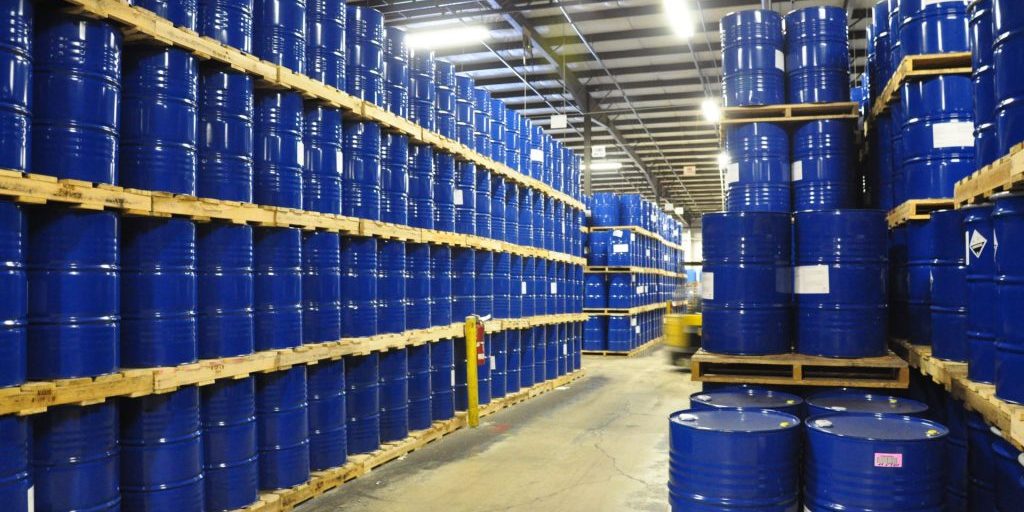Increased demand: The global demand for ethylene glycols, especially monoethylene glycol (MEG), has been steadily increasing over the past few years. This is primarily driven by the growing demand for polyester fibers and polyethylene terephthalate (PET) resins used in various industries, including textile, packaging, and automotive. Also, the production capacity of ethylene glycols has increased. Several major chemical companies have announced plans to expand their ethylene glycol production capacities. For instance, Sinopec, a Chinese petrochemical giant, has recently started an expansion project to increase its MEG production capacity by 200,000 metric tons per year. The focus on sustainability and reducing environmental impact has led to the development of more sustainable production methods for ethylene glycols. Renewable sources, such as bio-based feedstocks and renewable energy, are being explored to produce ethylene glycols. This shift towards sustainable production aligns with the growing demand for green and eco-friendly products.
MEG, by far the largest volume glycol, is produced by the direct hydration of ethylene oxide (EO). Smaller amounts of DEG and TEG are co-produced in this process, although additional quantities of DEG and TEG can be produced by further reacting MEG with additional EO.
The three ethylene glycols are colorless, essentially odorless stable liquids with low viscosities and high boiling points and have many similar chemical properties. Differences in their applications are due mainly to variations in physical properties such as viscosity, hygroscopicity and boiling point.
Range from clothing and other textiles, through packaging to kitchenware, engine coolants and antifreeze. Polyester and fleece fabrics, upholstery, carpets and pillows, as well as light and sturdy polyethylene terephthalate drink and food containers originate from ethylene glycol. The humectant (water attracting) properties of MEG products also make them ideal for use in fibers treatment, paper, adhesives, printing inks, leather and cellophane.


